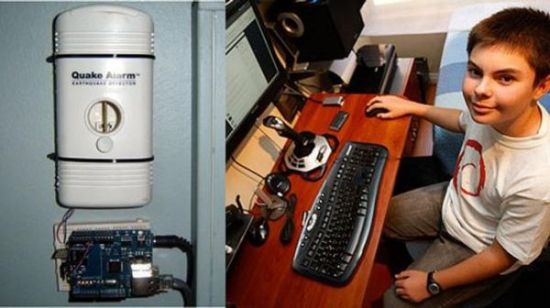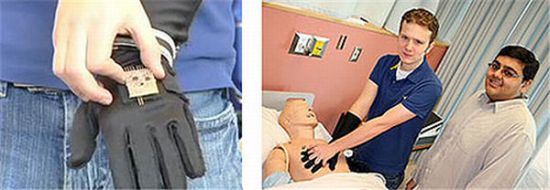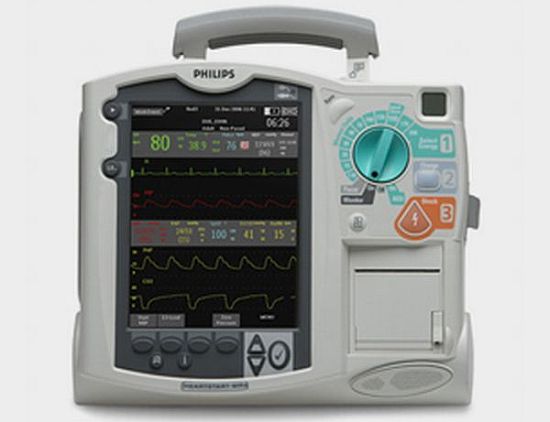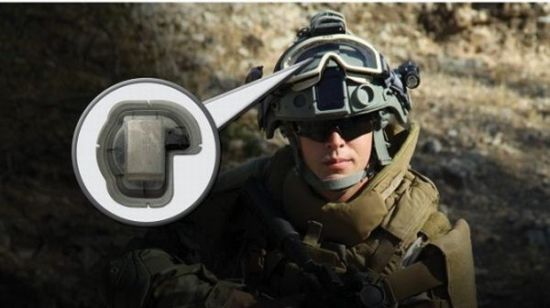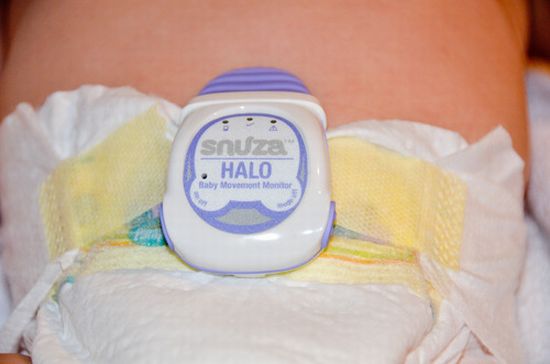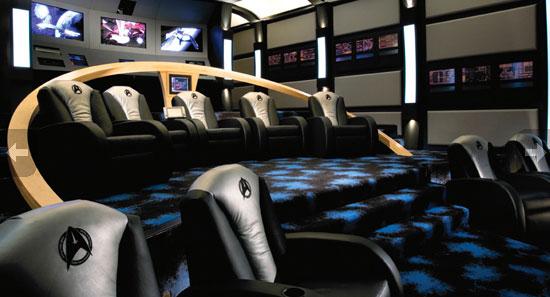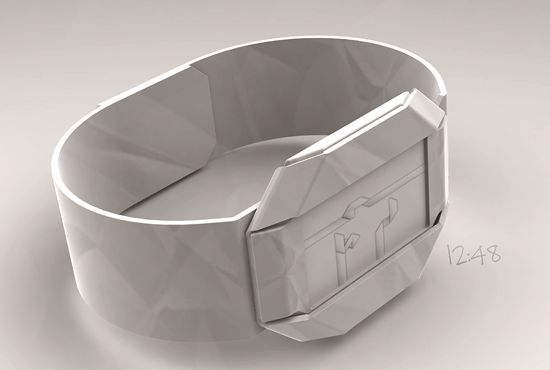More often than not, we feel the need of having gadgets that could help us glide through the roughest tides we face each day or on some odd occasions. While certain superficial apps on your smartphones or tablets may show you the way to deal with such calamities, they are not that effective when put to actual practice. Our most natural responses, thus, include calling police or the fire department or, still better (or worse maybe), summoning up health instructions provided in schools. However, if you cannot remember those instructions or access your contacts in time, you may always rely on some very handy, medic and life-saving gadgets – listed after the jump – to be on the safe side:
1. Earthquake Detector
Devised by a Chilean teenager Sebastian Alegria, the Arduino controlled, life saving earthquake detector can detect seismic activity when it is 5 to 30 seconds away. The 14-year old created his one off DIY gizmo by connecting a $100 earthquake detector to his computer via an Arduino. The earthquake detector tweets Sebastian’s 29,000+ followers for letting them know of the impending calamity.
2. CPR Glove
Featuring a one-size-fits-all design, the CPR Glove has integrated sensors and microchips to measure compressions during CPR. McMaster University’s engineering students have designed the glove that can detect even the weakest pulse and helps measuring CPR rate with precision as well. Moreover, the CPR Glove also sends audio alerts to assist the CPR process.
3. Talking Defibrillator
Even trained professionals often do awkwardly when it comes to use a defibrillator. Now, to make their job easier, we’ve a talking defibrillator called the Q-CPR that helps paramedics to focus on chest compressions. The monitoring and feedback system offers verbal feedback on what to do. It’s a really useful gadget for paramedics that helps them revive patients stricken by sudden cardiac arrests.
4. HEADS Generation II helmet sensor
The Generation II HEADS helmet helps medical personnel to track the severity of head trauma and injury as well. Developed by BAE systems, the HEADS Generation II helmet comes equipped with an RF transmitter and sensor that fits inside the helmet. The helmet can record single or multiple impacts, aside from providing a detailed narrative of angular and linear accelerations, blast pressures, duration, magnitude, and impact direction. Definitely, it’s a boon for people like soldiers, construction workers and sportsmen, who are prone to head injuries due the nature of their job.
5. Snuza Halo
Snuza Halo infant breathing and movement monitor is a godsend for new parents. The monitor can detect breathing problems in infants and thus, can save a child’s life. When it can’t detect breathing sound, the Snuza Halo monitor sends gentle pulse vibration to help baby start breathing again. It also sends an audible signal to wake up the baby if baby’s breathing isn’t restored within five seconds.



